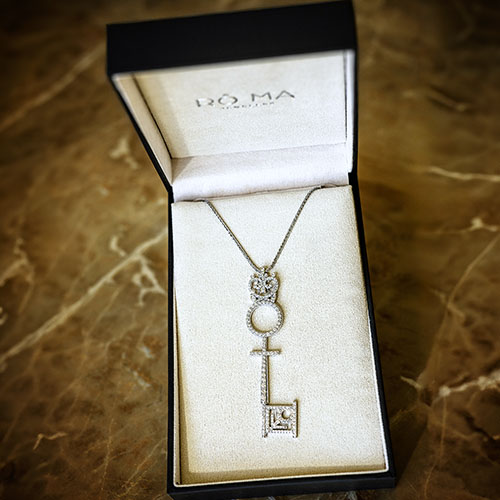NFTs are the latest form of digital asset, generating hundreds of millions of dollars for artists and traders brave enough to pioneer the field.
WTF are NFTs?
Building upon the successes and widespread acceptance of Bitcoin and Ethereum, NFTs, or non-fungible tokens, are one-of-a-kind crypto assets that assign ownership to unique works of art. First designed as “Colored Coins,” these assets were worth small fractions of Bitcoin and painted with distinct information, setting them apart from regular transactions.
The concept was later used to create and trade digital artwork in the form of “Rare Pepes” — a 4Chan meme given monetary value — on a peer-to-peer platform called CounterParty, which curiously enough was used by Venezuelans to trade cryptocurrency as fiat currency deprecated in value in the socialist state.
History lessons aside, you might be wondering how to create and sell NFTs of your own and partake in the lucrative market that’s now courting the likes of celebrities including Grimes, Justin Bieber and Katy Perry.
With any luck, you might land yourself a multimillion-dollar sale like Beeple, whose artwork is selling for upwards of $69 million.
The NFTs you create can take myriad forms, including art, virtual items, music, collectibles and even virtual land in spaces like Second Life — which we’d frankly recommend against unless you have an infinite amount of hours to dedicate to living in a virtual world.
You won’t need any extensive knowledge of cryptocurrency, or even blockchain, to partake in NFTs, but you will need to decide on the currency you intend to trade with. For this purpose, you should select a currency that’s widely supported by most major NFT trading platforms. We recommend Ethereum (ETH) because it’s the largest ecosystem.
First things first!
You’ll need to set up an Ethereum wallet that supports ERC-721, the NFT token standard. For simplicity, we recommend MetaMask — it plugs right into your browser and you access it through your phone.
Once you have your deposit address, purchase some Ethereum from any number of cryptocurrency exchanges, including Coinbase, Binance or Kraken. Steer away from apps like Robinhood as you may encounter difficulty transferring your funds elsewhere. To begin buying NFTs or selling your work, you can head over to one of several NFT marketplaces, the most popular of which are OpenSea, Rarible and Mintable. You can also buy and sell authenticated tweets on Valuables. It costs nothing to host an NFT on OpenSea, although other platforms require a small Ethereum fee.
So, why would anyone want to buy NFTs? What’s the value in them? It’s basically art — and art is worth whatever value people are willing to assign to it. Its value only grows as the popularity of an artist increases.
One good way to invest in NFTs is to purchase creations by up-and-coming artists, whose works you own will have potential to increase in value in the same way that a Picasso might over a span of time. Beeple’s art, once worth next to nothing, is worth millions today — thanks to the publicity he’s garnered over the past few months.
If you’ve ever seen the movie Ready Player One, the contest held by character Nolan Sorrento to reward the player who’s able to beat the high score of every game with his entire business, is in essence an NFT; every product is available in the virtual world.
Unlike static works of art, NFTs are intelligently designed; they can store more information than is publicly available. Artists may, for example, include special attributes to their works to increase their scarcity or even add unlockable content available only to their owners. This can include anything from prize raffles, to access to exclusive services. Given that they’re few, if any, rules to what you can include in an NFT, you’re only limited by your imagination. Furthermore, artists can duplicate their art and create limited releases to sell multiple copies of the same NFT — all numbered and signed, of course.
Thanks to the nature of cryptocurrency and the inclusion of “smart contracts,” it’s even possible for artists to gain royalties from the sale of the same NFT should the ownership change hands. This can work as a passive source of income for NFT artists.
NFTs are unlikely to disappear anytime soon. In fact, they’re more popular than they’ve ever been. With the mainstream adoption of Ethereum and other cryptocurrencies, they’re only going to become more popular from here. We’re not saying it’s a sound investment, but if you have a few hundred dollars to spend, or if you’re already creating works of art, why not monetize them?
Should you have no idea what a “Beeple” might be, and what could be worth $69 million, you can see for yourself.
(That category could have included us prior to that link — although honestly we don’t exactly feel like experts now.)





















